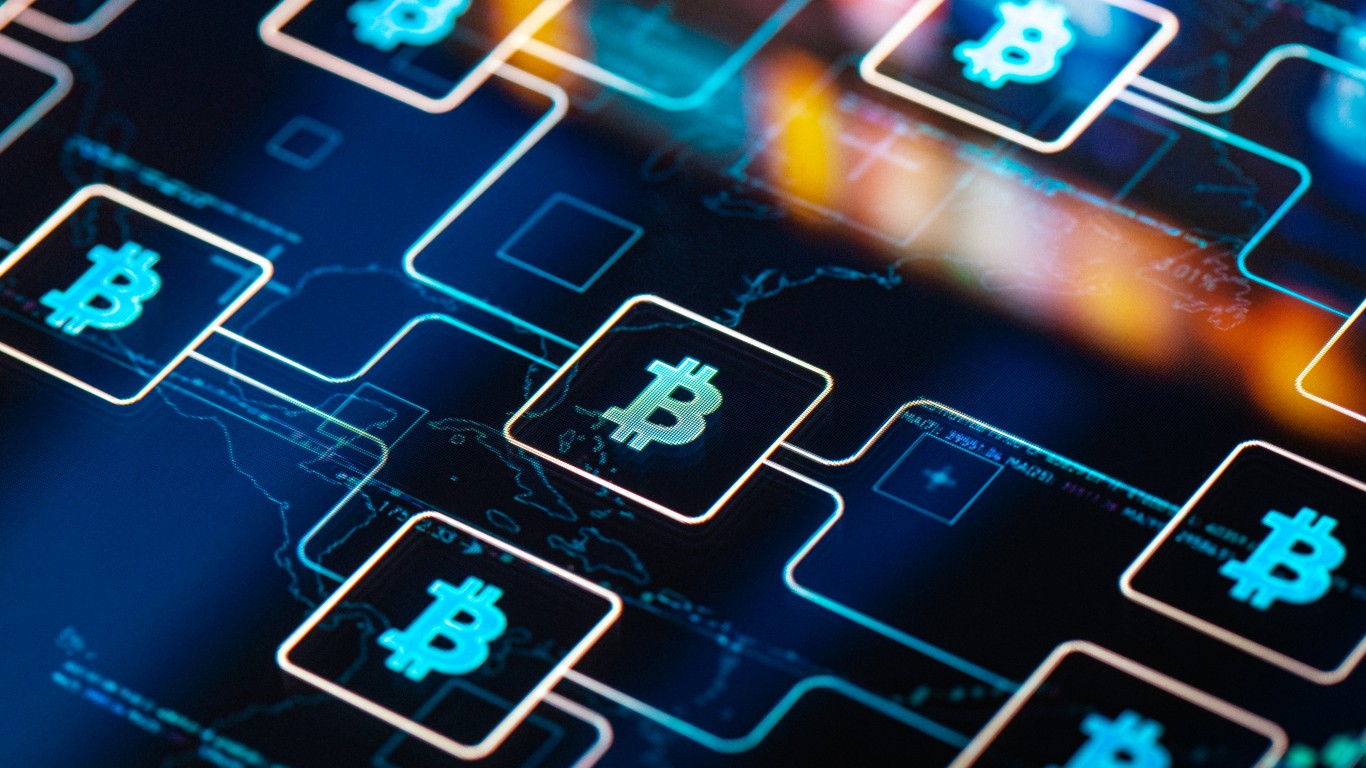Investing
Libra Project Drew Regulators’ Attention to Digital Assets: IMF Report

Published:

The announcement of Meta’s now-abandoned Libra project, which was touted as a “global stablecoin,” drew the attention of the international regulatory community to digital assets, according to a new report by the IMF. The report also asked for a coordinated global crypto regulatory framework to ensure a level playing field globally.
In a recent report, the International Monetary Fund (IMF) claimed that Meta’s ambitious Libra project pushed the international regulatory community to pay special attention to the digital assets class. Authored by IMF capital markets director Aditya Narain and assistant director Marina Moretti, the report said:
“It was the announcement of Libra, touted as a “global stablecoin,” that grabbed the world’s attention and added a greater impetus to these efforts.”
In 2019, Meta, at the time still known as Facebook, launched Libra with the aim of building a global financial system that could be used by everyone in the world. The project attracted a massive regulatory backlash and eventually failed.
The IMF noted that while regulators globally increased their efforts after the announcement of Libra, they were not “sitting idle” prior to that. Regulators worldwide were initially concerned about minimizing the illicit use of crypto assets, preventing the use of digital assets for money laundering purposes, trade of illicit goods and services, and fraud. The report said:
“In the early years… the Financial Action Task Force moved quickly to provide a global framework for all virtual asset service providers. The International Organization of Securities Commissions (IOSCO) also issued regulatory guidance on crypto exchanges.”
The IMF noted that lawmakers from across the world are trying to come up with regulatory frameworks to protect investors and preserve financial stability while allowing innovation. However, the agency expressed concern about countries developing “differing regulatory frameworks,” which could make it even more difficult to regulate digital assets.
As reported, the Indian government also said in mid-July that global collaboration is required for any effective regulation or ban on digital assets. The country’s Finance Minister mentioned that cryptocurrencies are borderless and a significant international collaboration is required in order to regulate them.
Consequently, the IMF asked global regulators to aim for a coordinated, consistent, and comprehensive global crypto regulatory framework. It said:
“The IMF is calling for a global response that is (1) coordinated, so it can fill the regulatory gaps that arise from inherently cross-sector and cross-border issuance and ensure a level playing field; (2) consistent, so it aligns with mainstream regulatory approaches across the activity and risk spectrum; and (3) comprehensive, so it covers all actors and all aspects of the crypto ecosystem.”
The report claimed that such a regulatory framework will not only benefit markets and reduce the risks of digital assets but also benefit the adoption of digital assets by increasing consumer confidence and providing “a safe space for useful innovation to continue.”
The recent collapse of Terra’s algorithmic stablecoin UST, which failed in May this year and erased over $40 billion in value, has once again brought crypto regulation to the top of the list of lawmakers. Just last week, Singapore signaled a change in stablecoin regulation citing the recent market downturn and losses imposed on retail investors.
Meanwhile, the crypto market cap has been hovering around the $1 trillion mark over the past months. The leading cryptocurrency is currently trading below $20,000, down by more than 70% compared to its all-time high. In comparison, Ethereum has performed better thanks to hype around the upcoming Merge. The second-largest cryptocurrency is currently trading at roughly $1,700, up by around 7% over the past 24 hours.
This article originally appeared on The Tokenist
Credit card companies are at war. The biggest issuers are handing out free rewards and benefits to win the best customers.
It’s possible to find cards paying 1.5%, 2%, and even 5% cash back today. That’s free money for qualified borrowers, and the type of thing that would be crazy to pass up. Those rewards can add up to thousands of dollars every year in free money, and include other benefits as well.
We’ve assembled some of the best credit cards for users today. Or you can jump straight to our top pick today which pays up to 5% cash back, a $200 bonus on top, and $0 annual fee. Click here to apply before they stop offering rewards this generous.
Flywheel Publishing has partnered with CardRatings for our coverage of credit card products. Flywheel Publishing and CardRatings may receive a commission from card issuers.
Thank you for reading! Have some feedback for us?
Contact the 24/7 Wall St. editorial team.